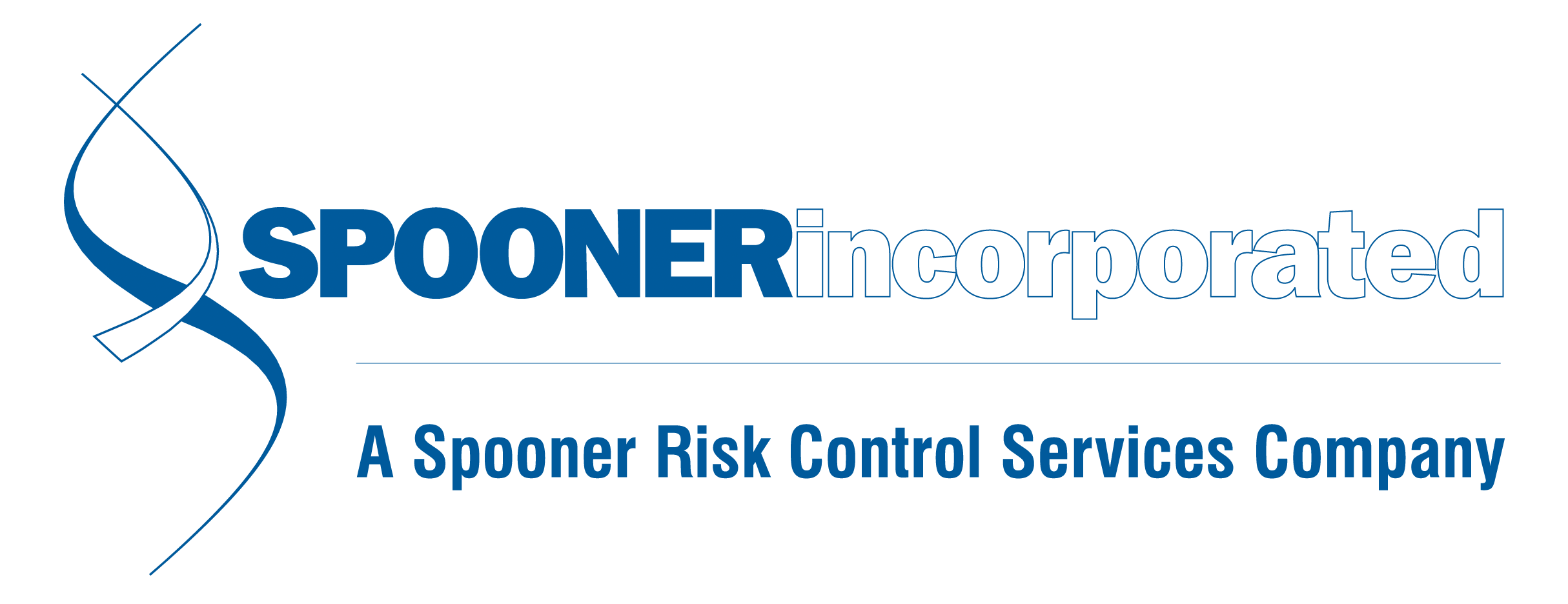Update on OSHA Proposed Recordkeeping Changes
On November 8, 2013, OSHA published a proposed rule to revise its regulation on Occupational Injury and Illness Recording and Reporting (Recordkeeping) (78 FR 67254). The proposal would amend the recordkeeping regulations to add requirements for the electronic submission of injury and illness information employers are already required to keep under OSHA's regulations for recording and reporting occupational injuries and illnesses. The proposal set a February 6, 2014 deadline for submitting written comments.
OSHA has received a request from the National Association of Home Builders (NAHB) to extend the comment period an additional 90 days. NAHB's reasons for requesting an extension include the overlap with the proposed crystalline silica rulemaking, which will also affect the construction industry. Further, the request stated that informing home builders and coordinating their responses will take time and effort beyond the 90 days provided.
OSHA has decided to extend the deadline for submitting comments to March 8, 2014, which provides stakeholders an additional 30 days. The extension ensures that stakeholders will have a full 120 days to submit comments, which OSHA believes is adequate for this limited rulemaking. The extension also ensures that stakeholders who attend the January 9, 2014, public meeting on the proposed rule will have an opportunity to incorporate into their comments their views on relevant information presented at the meeting.
If this proposed rule change is adopted there will be three new requirements under the recordkeeping standard. First, all employers with 250 or more employees will be required to submit their OSHA 300 logs to OSHA on a quarterly basis. The second requirement states that all employers in certain “designated industries” with 20 or more employees will be required to submit their annual summary log 300A to OSHA on an annual basis. Finally the third new rule would require all employers notified by OSHA will have to submit specific information from their log 300 forms on an annual basis to OSHA.
So what happens during the process of a proposed rule change?
Once OSHA has developed plans to propose, amend or revoke a standard, it publishes these intentions in the Federal Register as a "Notice of Proposed Rulemaking," or often as an earlier "Advance Notice of Proposed Rulemaking." Prior to publication of proposed and final major rules OSHA consults with OMB under procedures established by Executive Order. OSHA consults with small business on proposed rules which significantly affect them through a panel with participation by the Small Business Administration and OMB, as required by the Small Business Regulatory Enforcement and Fairness Act (SBREFA.)
An "Advance Notice" is used, when necessary, to solicit information that can be used in drafting a proposal. The Notice of Proposed Rulemaking will include the terms of the new rule and provide a specific time (at least 30 days from the date of publication, usually 60 days or more) for the public to respond.
Interested parties who submit written arguments and pertinent evidence may request a public hearing on the proposal when none has been announced in the notice. When such a hearing is requested, OSHA will schedule one, and will publish, in advance, the time and place for it in the Federal Register.
After the close of the comment period and public hearing, if one is held, OSHA must publish in the Federal Register the full, final text of any standard amended or adopted and the date it becomes effective, along with an explanation of the standard and the reasons for implementing it. OSHA may also publish a determination that no standard or amendment needs to be issued.
Spooner will continue to keep you posted on the proposed rule changes as more information becomes avaialable in the coming months.

